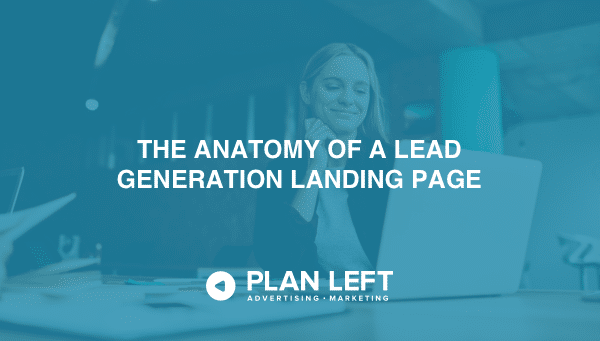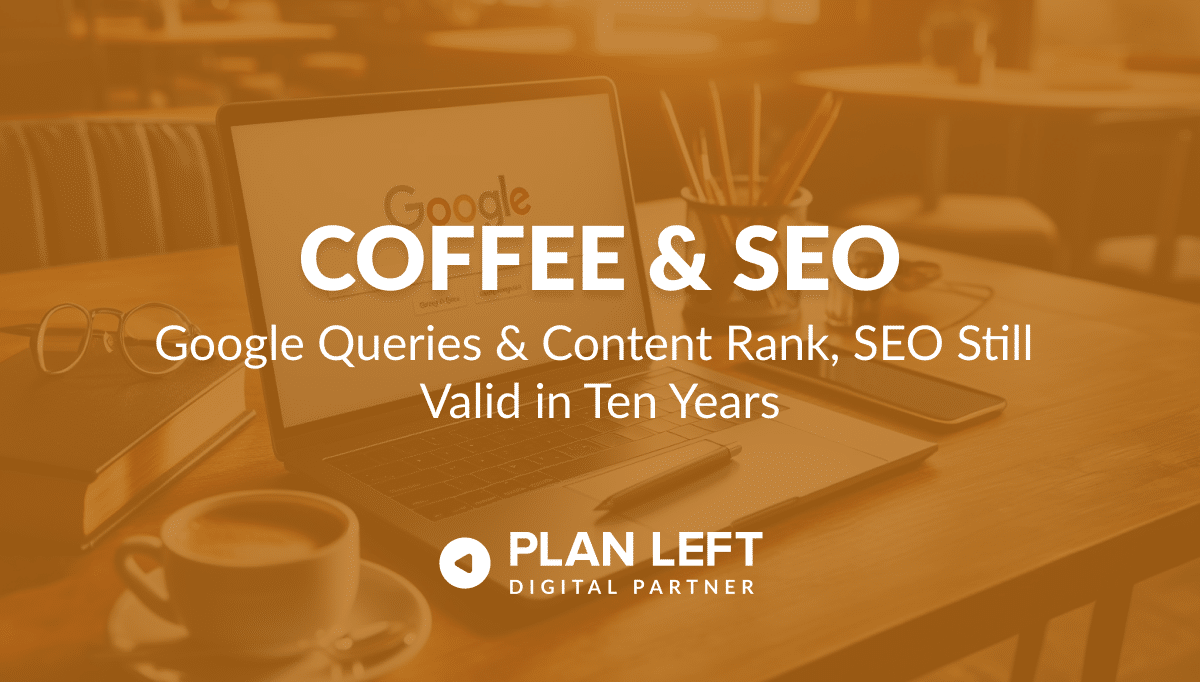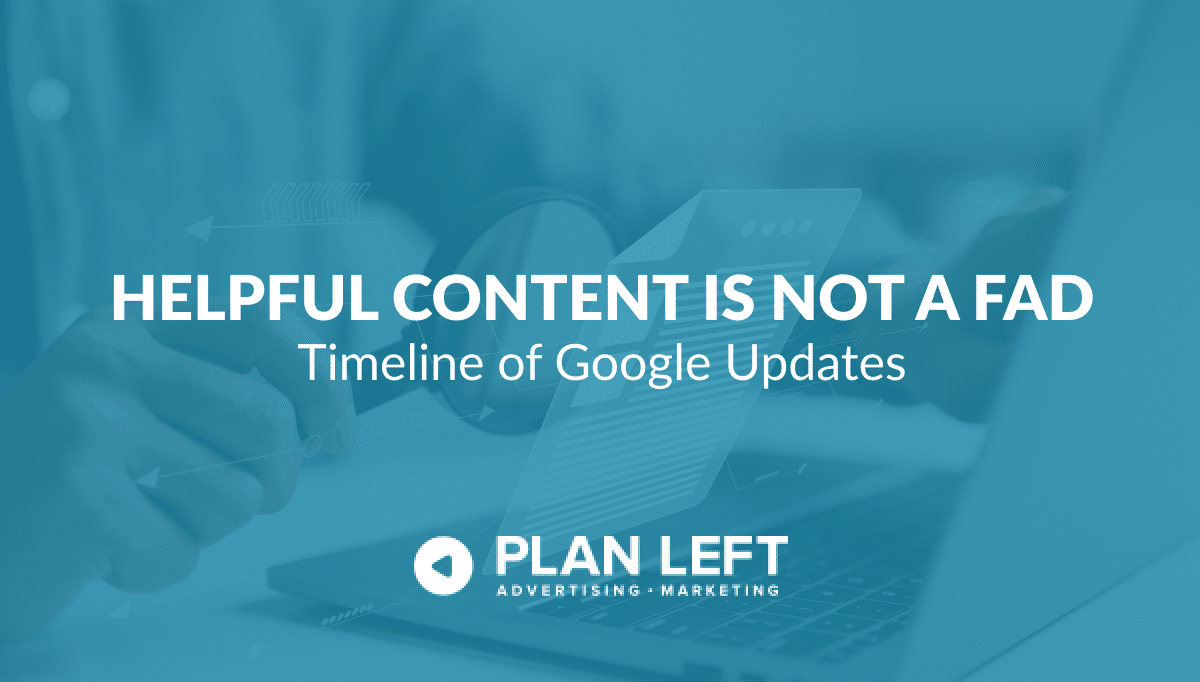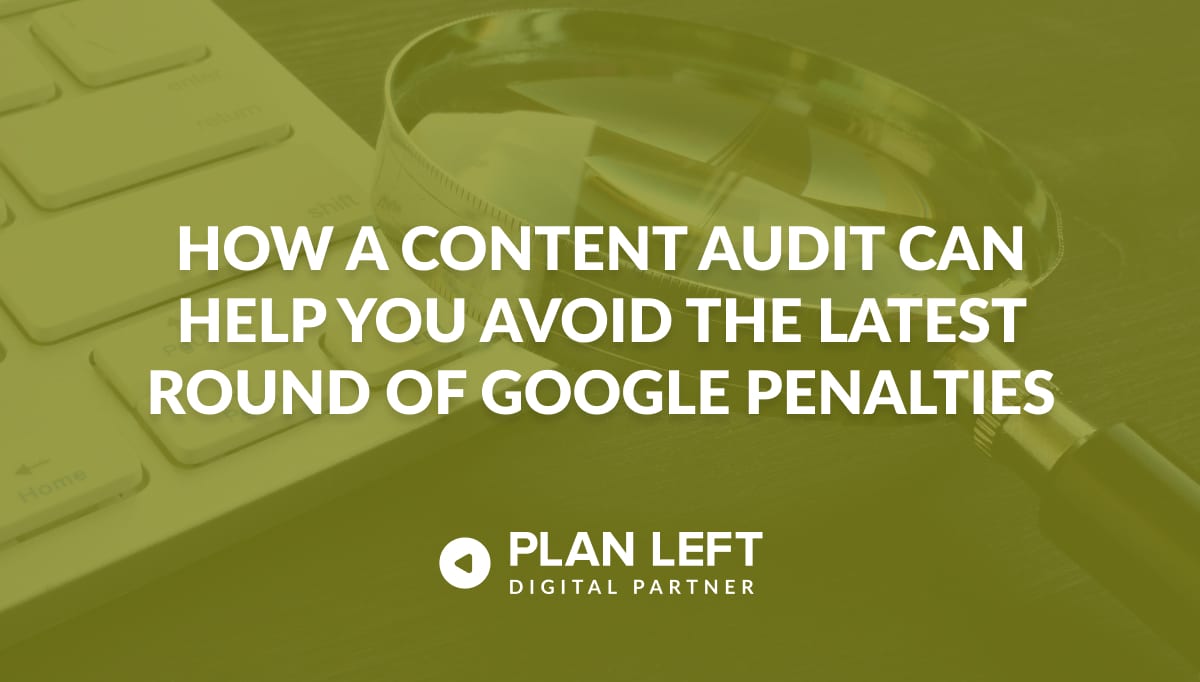
Updated Content on 6/23/2023
The very reason for a landing page’s existence is to help you generate leads. If you’re not gathering quality contacts—or any contacts at all—then you might be doing it wrong. Landing pages combine copywriting, visual elements, and calls to action to attract new customers. Mixing all of these functions in the right way is essential to making sure prospective customers click through your website rather than click off of it.
Here’s a little anatomy lesson to help you create landing pages that will reel in those prospects and convert them to leads.
Choose a Goal
Make sure you have a clear goal before designing your landing page. What are you trying to accomplish with this page? Are you trying to get newsletter subscriptions? Are you offering your customers more information about your company? There are many kinds of landing pages, each one serving a purpose, so be sure you know which one you’re aiming for before you get started.
Unique Selling Proposition
Tying in with page goals, each landing page will have a unique selling proposition (USP). The USP is what sets your site’s products, services, or free downloadables apart from everyone else’s. What’s so special about your business? The overall idea of a landing page is to tell customers why they should care about your offerings.
Attention-Grabbing Headline
Without a headline that really speaks to the user, no one will stick around long enough to see the rest of the page. Make sure your value proposition is clearly and immediately stated. Fun, exciting language is always a plus as long as it fits your brand voice. Try to keep your headline between 5-10 words.
Compelling Subheading
Give more insight into the product for visitors. What will they gain by buying or downloading your offer? Make it short and snappy so that users will move quickly to the meat of your landing page.
Informative Copy
This is where you tell those prospects everything that wouldn’t fit in your headline and subheading. How will your offer solve their pain points? What might happen if they don’t download or buy? Using the words “you” and “your” will make your writing feel more personable. The more powerful your copy, the more likely those prospects will share their contact information.
Testimonials
Even if your brand is established and respected, testimonials help to seal the deal. When a potential buyer needs that one last push, the satisfaction of a previous buyer might be the solution. Social proof is a powerful tool. Don’t be afraid to use it.
Professional Images
Whether you’re selling a product or offering a download for visitors, you’ll want to show them what they’ll get in return for their contact information. A professional rendering is the best way to show off the product, so spend the time and money necessary to present it in the best light. All images on your landing page should be of professional quality.
Take extra care to include a spectacular hero image, which is the first visual that will appear on your landing page. Whether it’s a beautiful photo or a sleek graphic, it will be the first image that visitors see and will make an important first impression.
Decisive Call-to-Action
Your CTA is the most crucial component of the landing page, even if you put it at the bottom. This is where you convince someone who’s read everything on the page to move forward. CTA’s could include asking readers to sign up for a newsletter, download a free guide, or purchase a product. Dozens of blogs exist to help you craft the perfect CTA language, so do your research first.
Contrasting Submit Button
As tempting as it may be to blend the colors of your submit button with the scheme of the page, that’s the wrong thing to do. You want that button to stand out, to grab attention. The colors can complement, but they can’t blend in. Great colors to use are bold and bright, such as red, orange, and green.
Use Little Space
There’s a lot of stuff to cram onto one page, and keeping it all above the fold is even more challenging. Still, you want to make sure as much of the copy as possible is visible upon arrival. The headline, subheading, image, and CTA must be above the fold. Other things may go below but don’t make those visitors scroll too far.
Short Contact Form
Remember that potential leads don’t want to give up too much information upon their first visit. The more you ask for, the less likely they will complete the form. Start with a name and email address. If they come back for more later, you can require more answers. The important thing is to get them in the door.
Perfect Submit Button Text
Keep in mind that users probably won’t get too excited about “submitting” to anything. That takes the power right out of their hands. You may want to try a few different phrases before you find the one that works, but remember you’re giving something. “Click here for your FREE guide” may work, or simply “Get it now.”
Consider A/B Testing
If you have the capability for A/B testing, you should do so. Use varying headlines, subheadings, and CTAs to see which prompts more leads to fill out your forms. Of course, you only want to change one component at a time, or you won’t know which is working. For those who don’t have the ability to test two versions at once, consider running one version for a few weeks before switching to another. It may take longer to collect your results, but the time spent will be worth it.
A lot of psychology and a little bit of sales expertise go into every landing page. As always, we’re here if you need some help putting these together. The next time you’re preparing to offer a lead generation eBook, white paper, or other product, give us a call.
Explore Latest Posts
Google says the quality of your webpage is a ranking factor, but what is ‘quality’ according to Google? That would ... read more
April 19, 2024
In 2011, Google first changed how content was written with the Panda Update by changing how keywords could be used ... read more
April 17, 2024
The latest Google algorithm changes have shaken the search marketing world. While the Google Spam update has finished, the Google ... read more
April 16, 2024
MARKETING insights
Join the Thousands Who Receive Our Twice-Monthly Newsletter.
It's hard to keep up. Our newsletter is packed with buyer behavior insights, the latest marketing and technology updates, work/life balance tips, and—because we ❤️ our support staff—adorable pets looking for forever homes. Only twice per month. No clogged inboxes. You can't say no.




